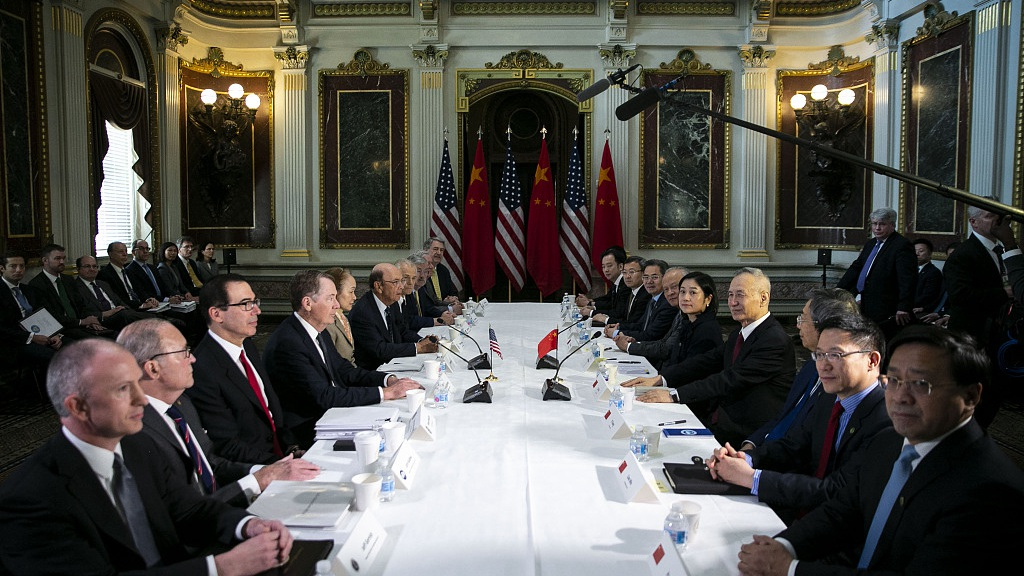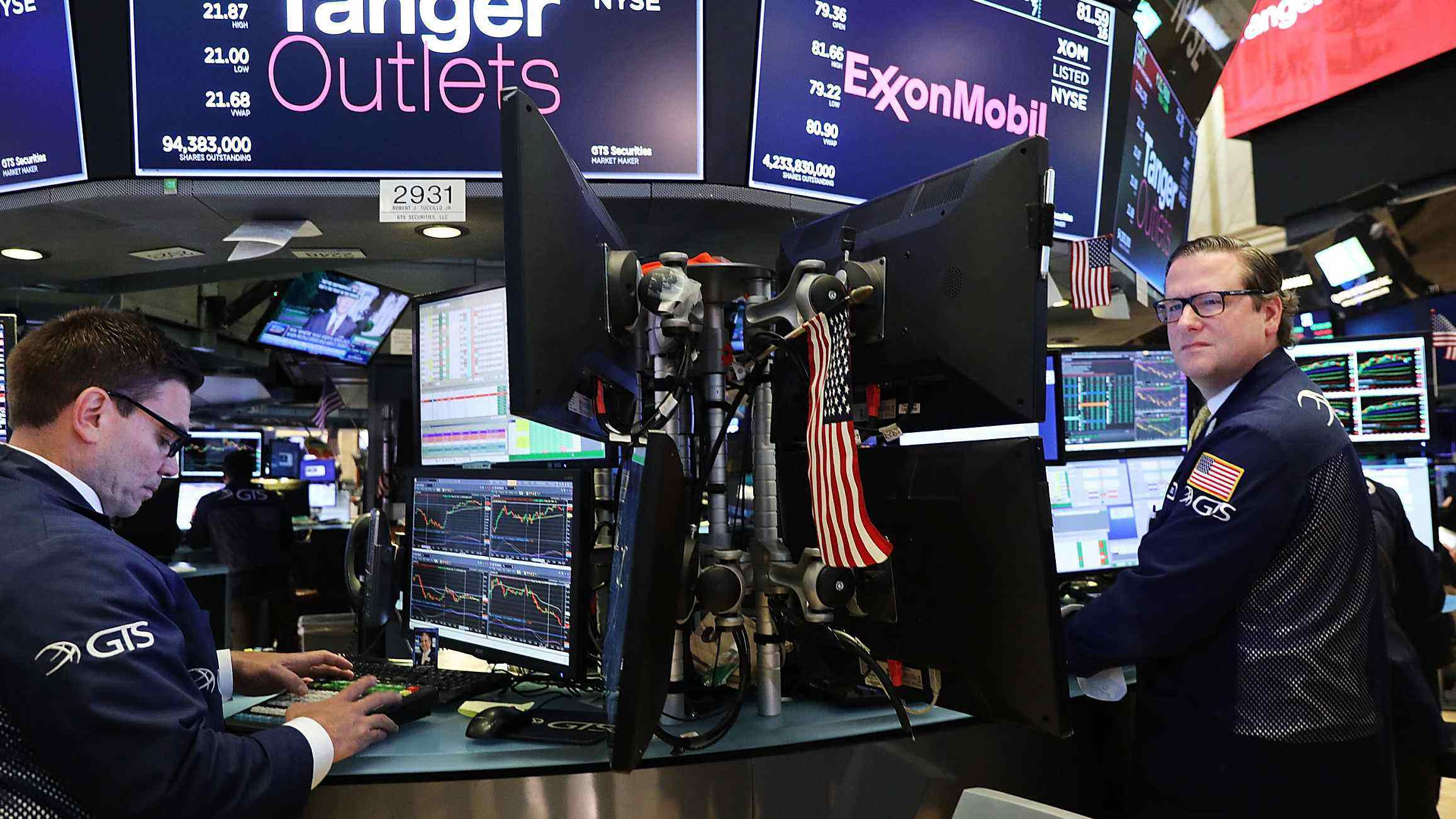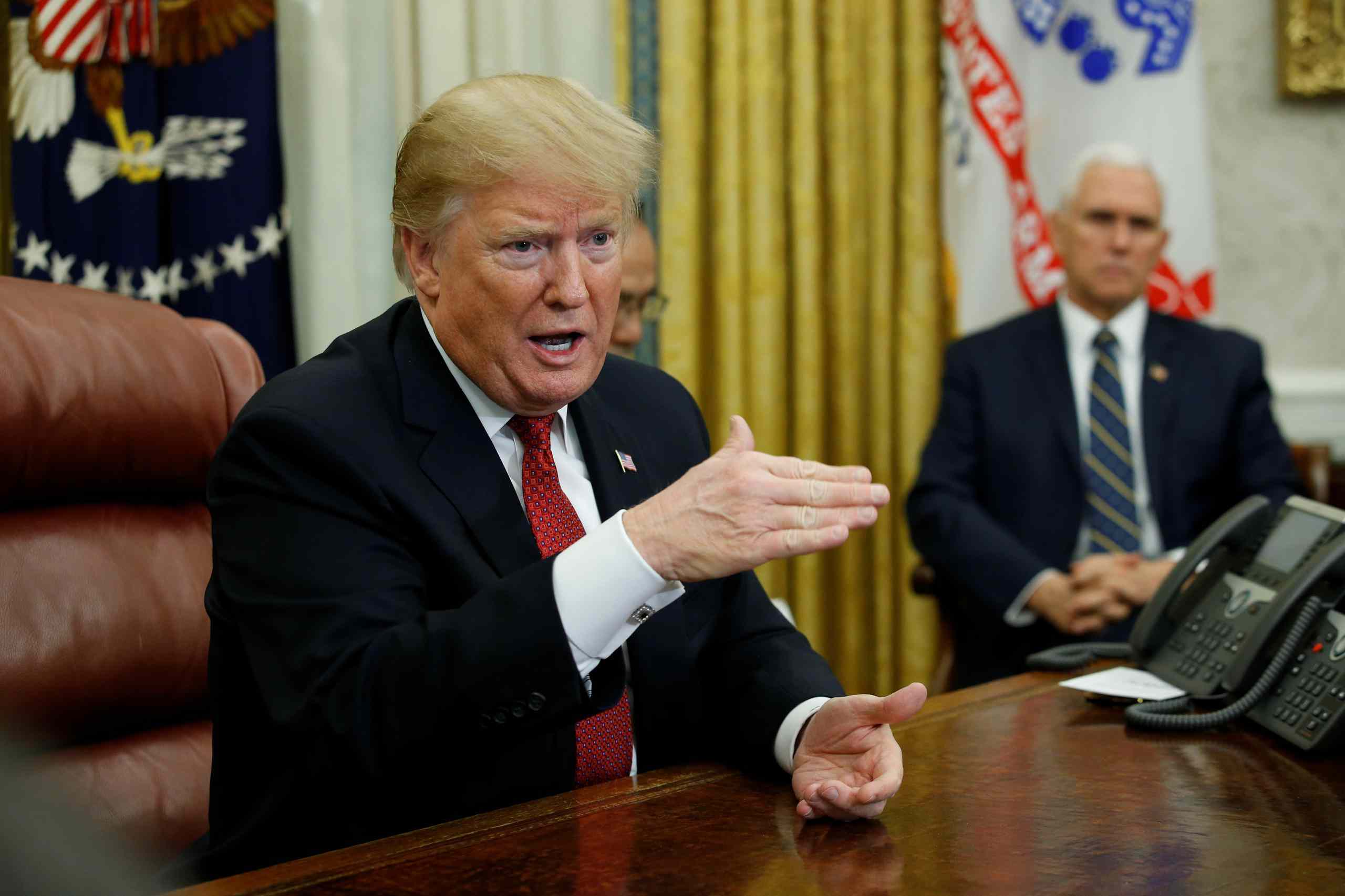
Opinion
10:10, 08-May-2019
The U.S. must decide what it wants from trade talks
Adam Garrie

Editor's note: Adam Garrie is the director of the UK-based global policy and analysis think tank Eurasia Future and co-host of the talk show "The History Boys." The article reflects the author's opinion, and not necessarily the views of CGTN.
In order for any negotiation to be successful, both sides need to know what they want. And beyond this, they need to define their aims to the other side. If this is done, it will then be possible for a compromise to be made on a win-win basis.
At present, U.S. President Donald Trump's primary complaint against China is that the country sells more to the U.S. than the U.S. sells to China. This is also Donald Trump's complaint about multiple countries he has decided to place new tariffs on, including many longstanding U.S. allies ranging from the European Union to Canada and the Republic of Korea (ROK).
Thus far, none of the tariffs that Trump has put on multiple trading partners have resulted in any significant shifts in the U.S. trading deficit. In respect of China, in particular, Beijing has expanded its trading surplus with the U.S. since the imposition of Trump's first wave of tariffs as part of the so-called trade war. Historically, trading deficits and surpluses do not rapidly shift in one direction or another during peacetime and accordingly. It would be highly unrealistic to think that any China-U.S. trade deal would have a major impact in this respect in the short term.
In addition to seeking to lessen the U.S. trading deficit with China, Donald Trump claims that he wants U.S. producers to have a better deal in terms of exporting opportunities. In this area, China and the U.S. are on the same page even though Trump's domestic rhetoric and that of his colleagues tend to indicate a different reality.

Traders work on the floor of the New York Stock Exchange (NYSE) in New York City, May 30, 2018. /VCG Photo
Traders work on the floor of the New York Stock Exchange (NYSE) in New York City, May 30, 2018. /VCG Photo
Last year saw a highly successful China International Import Expo in Shanghai in which multiple countries from all continents came to demonstrate a wide variety of goods that have already begun appearing on the Chinese domestic market. It has always been China's perspective that American products are just as welcome as those from anywhere else and in this respect a clear win-win can be derived from U.S. exporters having smoother access to Chinese consumers.
The other issue that has been a particular source of paranoia for some in the U.S. is the issue of intellectual property protections. China continues to strengthen its position in this area as part of the drive towards an economic model based on high-quality production and innovation. China shares a common goal of working within the rules-based international system of commerce to strengthen the global protection of intellectual property.
However, if the U.S. claims as some in America have, that Chinese technologies should be subject to non-tariff trade barriers due to alleged national security issues, this is something that any partner would find unacceptable. As such allegations are made without evidence and made in a way that contradicts previous statements by U.S. watchdogs from as recently as 2016, it is clear that such statements are an attempt to politicize an otherwise cut and dry issue.

U.S. President Donald Trump speaks to Chinese Vice Premier Liu He as Vice President Mike Pence looks on during a meeting in the Oval Office of the White House in Washington D.C., January 31, 2019. /Reuters Photo
U.S. President Donald Trump speaks to Chinese Vice Premier Liu He as Vice President Mike Pence looks on during a meeting in the Oval Office of the White House in Washington D.C., January 31, 2019. /Reuters Photo
There is no credible evidence that Chinese technological hardware is any less secure than that from Japan, ROK or Germany. Therefore, the U.S. should know that China will never accept false accusations as the basis of an accord. This would be the opposite of a respectful win-win resolution.
With all of these facts in mind, it remains to be seen what else the U.S. wants. While China has been clear about its goals of reaching an agreement that strengthens two-way free trade as well as intellectual property cooperation and while Wall Street has been clear that its goals are similar to those of China, it remains something of a mystery as to what else the U.S. actually hopes to achieve in trade talks.
Sometimes it seems as though Trump's nostalgia-heavy brand of politics wishes that the clock could turn back to the 1950s when the U.S. ran major trade surpluses with multiple countries, including those that unlike the U.S. who were physically devastated by the conflicts of the 1930s and 1940s. But while such fantasy might win domestic votes, it cannot lead to the finalization of a workable deal. This would be the case with any negotiating partner and not just China.
When Chinese Vice Premier Liu He arrives in the U.S. on May 9, it will be necessary for the U.S. to articulate clear and reasonable goals. If this is not accomplished, markets will react in a negative fashion starting on the next day, as they did previously following Trump's online threats to increase tariffs on China.
(Cover photo: Chinese and U.S. trade representatives meet for trade talks in the Eisenhower Executive Office Building in Washington, D.C., U.S., February 21, 2019. /VCG Photo)
(If you want to contribute and have specific expertise, please contact us at opinions@cgtn.com.)

SITEMAP
Copyright © 2018 CGTN. Beijing ICP prepared NO.16065310-3
Copyright © 2018 CGTN. Beijing ICP prepared NO.16065310-3